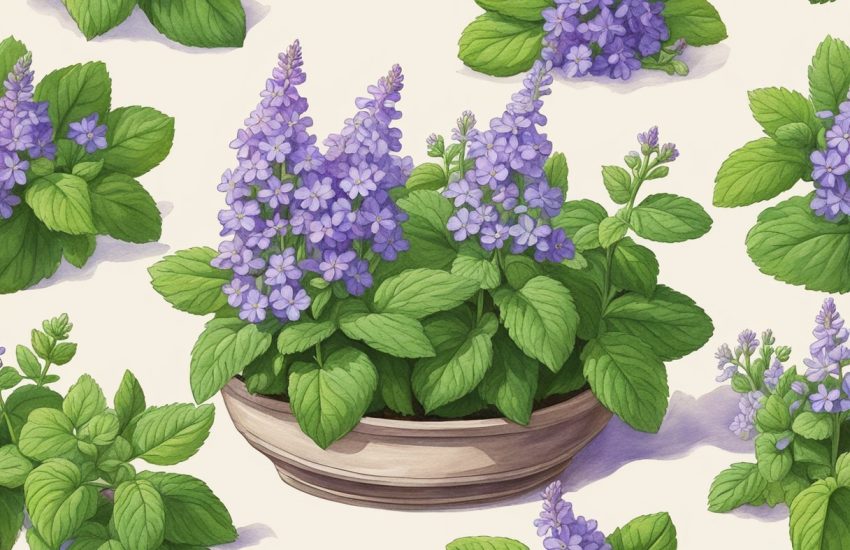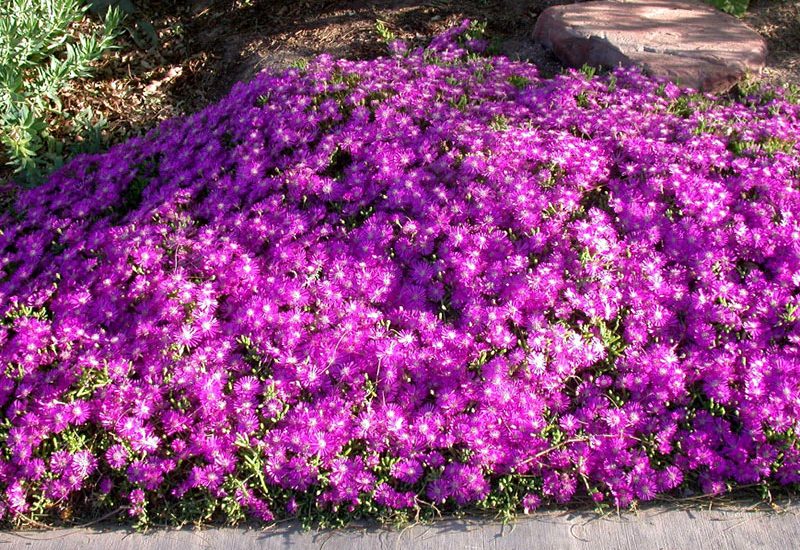Ground Cover Plants That Will Do Best in Your Idaho Garden
The state of Idaho has diverse terrain, forests, mountains, rivers, and lakes. Idaho also has a wide range of climates, from the dry plains of the south to the wetter mountain regions. Because of this diversity, many plants can be grown in Idaho gardens and yards. Here are some ground cover plants that can thrive in this region.
Curlicue Sagebrush (Artemisia versicolor)
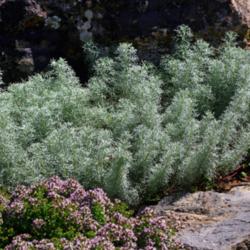
Curlicue sagebrush (Artemisia versicolor) is a perennial herb in the aster family native to lowland areas in southwestern North America. It grows up to 30 cm tall and has small, blue-green leaves arranged in a rosette around the stem. The flowers will appear in summer and are usually yellow. Curlicue sagebrush is an excellent ground cover plant because it is drought-tolerant, requires little maintenance, and prevents erosion. It also provides food and shelter for wildlife. Curlicue sagebrush is an integral part of the ecosystem in southwestern North America and is used by Native Americans for medicinal purposes. Curlicue sagebrush will grow fairly easily and can tolerate hot climates once established. It prefers full sun but will tolerate partial shade. It prefers well-drained soil but is adaptable to a variety of soil types. Curlicue sagebrush can be propagated by seed or division. It is an attractive plant for rock gardens, xeric gardens, or any landscape where low-maintenance plants are desired.
Snow Flurry Aster (Aster ericoides)
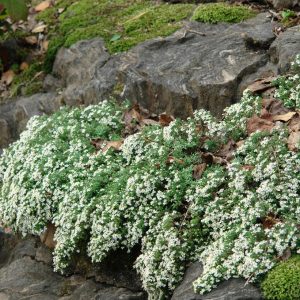
The snow flurry aster (Aster ericoides) is a plant native to North America. It gets its name from its white flowers that resemble snowflakes. The snow flurry aster grows about 2-3 feet tall and has slender, branching stems. The leaves are about 1-2 inches long. The flowers are at the ends of the stems and have 8-10 petals each. After blooming, the flowers are followed by small, brown seed pods. The snow flurry aster prefers full sun. It is relatively tolerant of drought and cold temperatures. This plant can spread aggressively, so it is advisable to plant it in an area where it can be controlled. To propagate the Snow Flurry Aster, take cuttings from the and plant them in late summer or early fall. These cuttings will root easily in moist soil. The Snow Flurry Aster is an excellent ground cover plant for areas that experience heavy foot traffic. Its dense network of roots helps to hold the soil in place, and its compact growth habit prevents weeds from taking over. In addition, the Snow Flurry Aster provides beautiful fall color when most other plants are fading.
Bearberry cotoneaster (Cotoneaster dammeri)
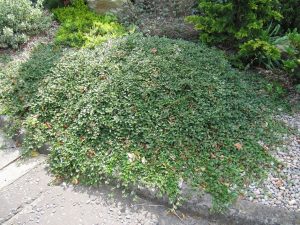
Bearberry cotoneaster (Cotoneaster dammeri) is an evergreen shrub that is native to China. It has a spreading habit and can grow to be 3-4 feet tall and 5-6 feet wide. The leaves are oval-shaped and range in color from dark green to bluish-green. They are arranged alternately on the stem and have a glossy surface. The flowers of the bearberry cotoneaster are small and white, blooming in the springtime. The fruits are red, round, and fleshy, ripening in the fall and persisting into the winter months. Birds are attracted to the fruits and help to disperse the seeds. This shrub is commonly used as a ground cover or as part of a shrub border. It is relatively low maintenance and can tolerate various soil types and exposure levels. Seed, cuttings, or division can propagate the bearberry cotoneaster. It is best to plant this shrub in the springtime.
Silver Nailwort (Paronychia kapela)
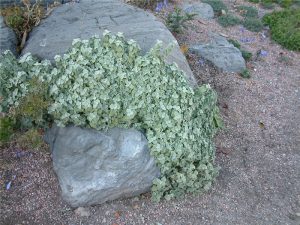
The Silver Nailwort (Paronychia kapela), also known as the Moonseed, is a small flowering plant native to Europe. The plant gets its name from the silvery sheen of its leaves, which are covered in tiny scales. The Silver Nailwort is a member of the Carnation family and has small white or pink flowers bloom in the summer. The plant grows about 6-12 inches tall and prefers to grow in shady areas. The Silver Nailwort is a very timid plant and is often hard to find in the wild due to its small size and preference for hiding in dense undergrowth. However, the plant can be found in some gardens and is sometimes used as a decorative plant. Silver Nailwort spreads rapidly, making it an ideal ground cover. In addition, this plant helps to control erosion and provides food and shelter for wildlife.
Carpeting pincushion flower (Pterocephalus depressus)
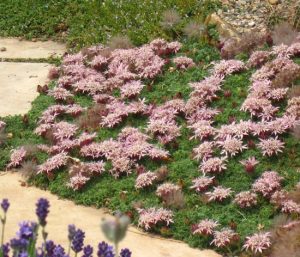
The carpeting pincushion flower, known as Pterocephalus depressus, is an evergreen succulent native to Morrocco. It has circular leaves and flowers that range in color from white to pink. The plant gets its common name because it grows in dense mats resembling carpets. Carpeting pincushion flower is relatively easy to propagate. To do so, take a cutting from an existing plant and place it in well-drained soil. Once the cutting has rooted, it can be transplanted to its permanent location. Carpeting pincushion flower is an ideal choice for Idaho gardens because it can tolerate mild to arid climates and does not require much maintenance. With its vibrant flowers and lush foliage, this plant can add beauty and interest to any landscape.
Grisebach’s Sedum (Sedum grisebachii)
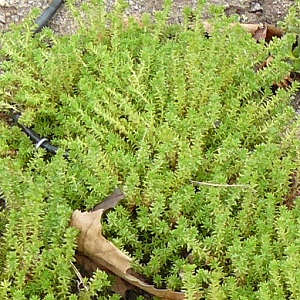
Sedum grisebachii, commonly known as Grisebach’s sedum, is native to the Mediterranean region. Grisebach’s sedum is a ground cover plant that forms rosettes of fleshy, green leaves. The leaves are unique in that they are edged with small teeth, and the tips turn red when they are exposed to sunlight. The plant yields yellow flowers in summer. Grisebach’s sedum is relatively easy to propagate from leaf cuttings or stem cuttings. To propagate by seed, sow the seeds in a well-drained soil mix in spring. To propagate by cuttings, take stem cuttings in summer and root them in a well-drained soil mix. Grisebach’s sedum can be grown in Idaho if the climate is suitable. It needs well-drained soil and full sun to partial shade. It is drought tolerant but will benefit from occasional watering during extended periods of dry weather. Grisebach’s sedum is an excellent plant to propagate in rocky places, alpine gardens, or border fronts.
Rocky Stonecrop (Sedum rupestre)
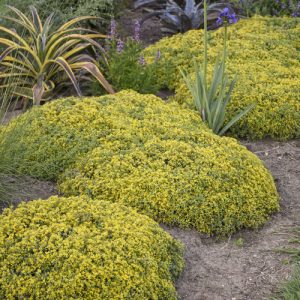
Rocky Stonecrop (Sedum rupestre) is an odd and charming sedum resembling undersea creatures. It is a low-growing succulent with tiny, pointed leaves that range in color from olive green to burgundy. The leaves are arranged in a rosette pattern and can appear almost scale-like. Rocky Stonecrop produces small, white flowers in early summer that attract insects such as bees and other pollinators. This sedum is native to Asia and a few Europe regions, but it has become popular in North America as an ornamental plant. Great for rock gardens or simply filling in between larger plants in a landscape. Rocky Stonecrop is a hardy plant that can tolerate poor soil conditions and rocky terrain. It is drought resistant and will survive well even with minimal watering. Although it prefers full sun, it will also grow in partial shade. With its unique appearance and ease of care, Rocky Stonecrop is an excellent choice for both beginning and experienced gardeners.
Elfin Thyme (Thymus praecox arcticus cv.)
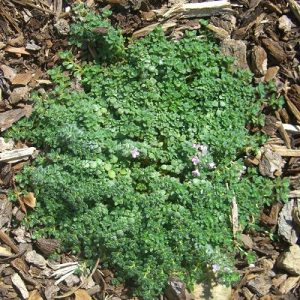
Elfin Thyme (Thymus praecox arcticus cv.) is a compact, low-growing thyme that will form a mat of tiny, fragrant leaves. It is versatile and can thrive well n rock gardens, edging ground cover, and container gardening. The plant has tiny pink or white flowers that bloom in spring and summer. Elfin thyme is tolerant of drought and poor soil conditions. It prefers full sun but can also survive in shaded areas. The plant is hardy in USDA zones 4-9. Seed, cuttings, or division can propagate elfin thyme. Dwarf varieties of elfin thyme are also available. These include ‘Coco’, which has greenish-brown leaves, and ‘Golden Moss’, which has golden-yellow leaves. These varieties are less than 6 inches tall and make excellent ground covers.
Wooly Veronica (Veronica pectinata)
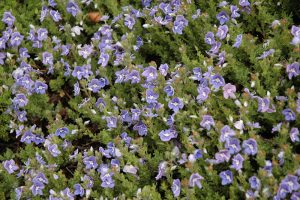
Veronica pectinata, commonly known as Wooly Veronica, is a perennial herb native to Eurasia. The plant grows to 30-60 cm in height and has hairy, lance-shaped leaves that are 2-3 cm long. The flowers are blue or purple, and the plant blooms from May to June. The plant has dark green, leathery leaves covered in a dense layer of white woolly hairs. The leaves can be found in whorls of three to five. Wooly Veronica is a member of the plant family Plantaginaceae. The plant prefers full sunlight and loamy soils. Even though it does not require much maintenance, it can be susceptible to powdery mildew if the foliage is too wet. Nonetheless, Veronica pectinata is a hardy plant that makes an excellent addition to any garden. Wooly Veronica is an easy plant to grow and makes a wonderful addition to any garden.
Partridge Feather (Tanacetum densum)
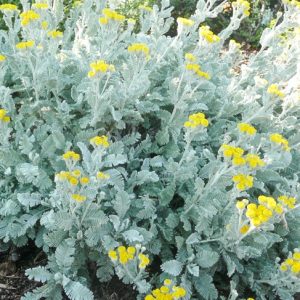
The Partridge Feather (Tanacetum densum) is a perennial herb with hairy, deeply divided leaves and small, yellow flowers that bloom in the summer. The plant gets its name from its feathery leaves, which resemble those of a partridge. Partridge Feather is native to the Mediterranean but can be found in many parts of the world. The plant prefers full sun and well-drained soil, but it can tolerate some shade and drought. Propagating Partridge Feather is easy to do from seed, cuttings, or division. To propagate from seed, sow the seeds in a sunny spot in the spring or fall. To propagate from cuttings, take 4-6 inch cuttings from the tips of new growth in the spring or summer. Cuttings can be rooted in water or planted directly in the ground. To propagate by division, dig up the plant in the spring or fall and divide it into 2-3 sections. Replant each section in a sunny spot with well-drained soil.
How to Grow and Take Care of Ground Cover Plants
Ground cover plants are a versatile and low-maintenance option for your landscape. While they can be used to fill in bare spots or add color and texture, they can also help to reduce erosion and suppress weeds. When selecting ground cover plants for your garden, it is important to consider the type of soil and the amount of sun or shade the area receives. Once you have chosen the right plant for the location, you will need to prepare the soil before planting. If you are planting in an area that has never been planted before, you will need to till the soil to a depth of six inches. If you are planting in an area that has already been planted, you will only need to loosen the top layer of soil. Once the soil is prepared, you can plant your ground cover plants 18 inches apart. Once they are in the ground, water them thoroughly and mulch around the plants to help retain moisture. With proper care, your ground cover plants will thrive and provide your landscape with years of beauty and function.
Pest and Diseases Affecting Ground Cover Plants
While ground cover plants can be crucial in maintaining soil health and aeration, these plants can be susceptible to a variety of pests and diseases. One common problem is root rot, which a number of different fungi can cause. This problem is often exacerbated by poor drainage and overwatering. Another issue that ground cover plants may face is damage from burrowing animals, such as moles and voles. These animals can tunnel through the roots, causing the plant to become unstable. Finally, fungal diseases can also affect ground cover plants, such as powdery mildew and black spot. These diseases can cause the plant leaves to turn brown and fall off. While there are several challenges that ground cover plants may face, proper care can help to minimize these problems.
Conclusion
Adding Ground covers to your garden or yard could go a long way in improving not only your soil but also the aesthetic and appeal of the garden. There are a number of ground cover plants to choose from, and it is crucial to select the plant that is best suited for your particular location. Additionally, it is important to understand how to propagate and take care of your selected species.

